By Tom Gunning
Translator: Qin Tian
Proofreading: Yi Er San
Source: The Palgrave Handbook of the Philosophy of Film and Motion Pictures (2019)
If people use What does it mean to describe a film as "poetic"? A critic might call a film or a section of a film "poetic" or "lyrical."
People also use "Poetic" to describe the visual style of works by Terrence Malick, Alessandro Jodorowsky, Andrei Tarkovsky, or Federico Fellini.
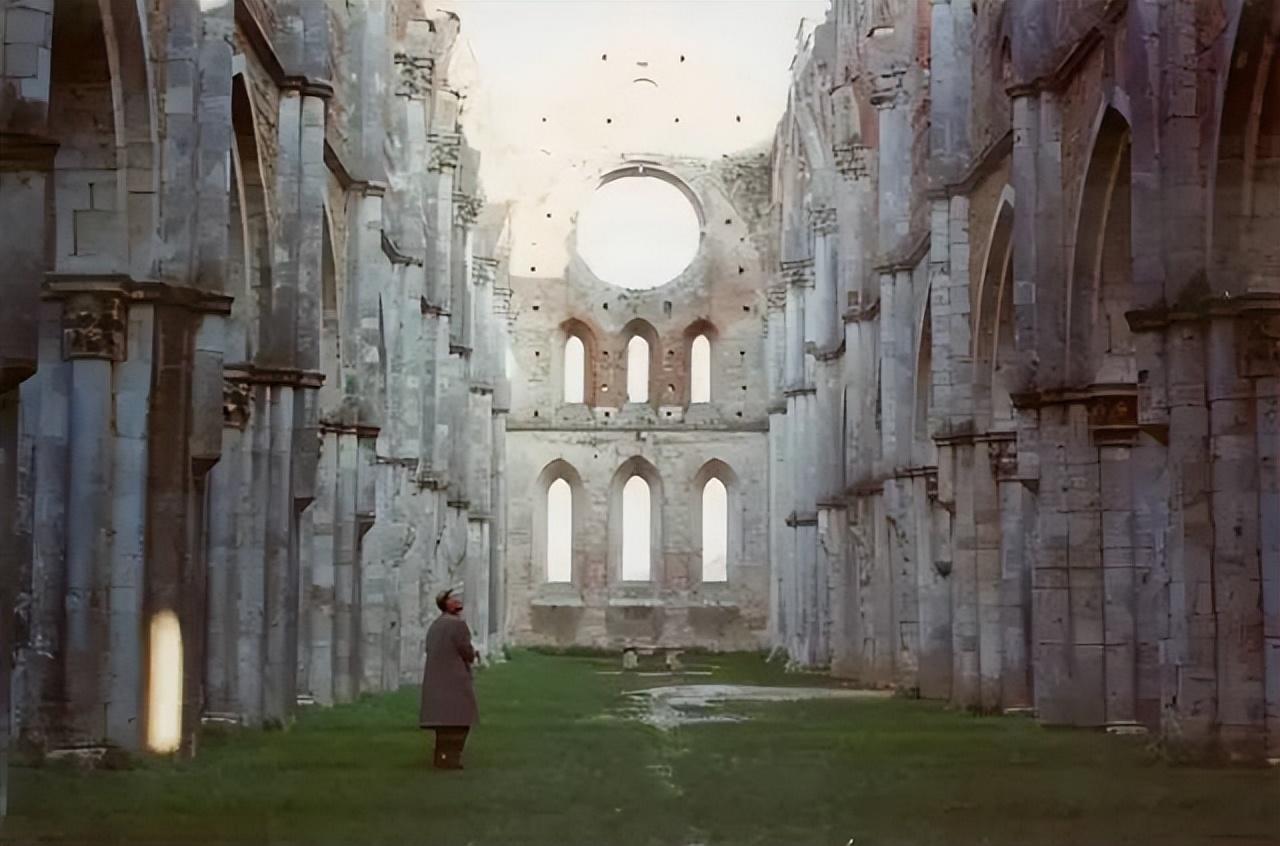
"Nostalgia"
Also, like Non-mainstream directors such as Maya Deren and Jean Epstein often refer to their works as "poetic films" to distinguish them from most commercial films. Can we tease out the use of the word "poetic" in film theory? In this article, I hope to explore the meaning of this term and analyze the possible usefulness (and danger) of the term "poetic cinema" in critical analysis.
In literary criticism and theory, it seems possible to place Poetry is distinguished from prose or other literary forms. To understand poetic cinema, we must go back to this literary tradition. To compare the "poetry" in literature to film means to compare the visual, auditory and linguistic elements of linguistics/literature and film.
This comparison may have its own value, but we must keep in mind the leap they represent and enable. In this short chapter I cannot give an exhaustive summary of poetic theory, but hope to give a brief introduction to its history.
I draw heavily on literary critic M.H. A succinct review article on the subject, written by The Encyclopedia of Academics.

"Days of Paradise"
What is poetry?
The definition of the word "Poetry" has changed throughout history and is often debated. Its Greek root "Poiesis" has a broad meaning, not limited to literary creation, but refers to the process of making something, the act of production. However, Plato and Aristotle did apply the term to literature, including Homer's epics and the works of ancient Greek playwrights.
According to Aristotle, poetry differs from other arts in that it relies on words, using linguistic symbols rather than Direct presentation of color (like painting) or physical movement (like dancing). Aristotle and Plato believed that poetry is a form of imitation and a process of imitation in "Poetics" and "Republic". As imitation, poetry reproduces the world through words.
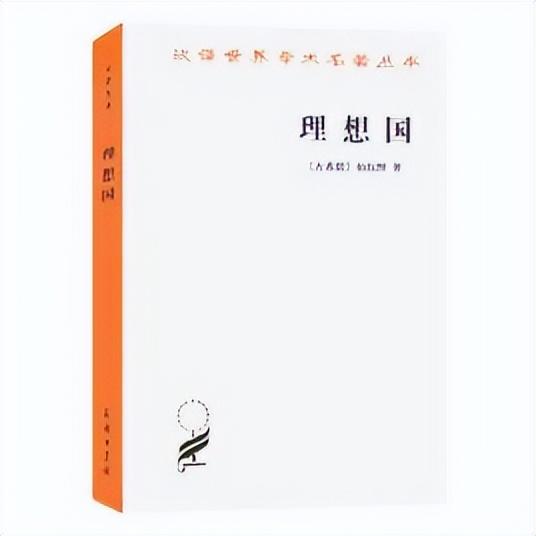
According to Plato, the process of imitation necessarily involves a distance from reality, the realm of thought or form. Since, in Plato's system, the material world itself is an imitation of this divine realm, any artistic imitation of things in the world is only an "imitation of imitation", two steps away from real reality. For Plato, poetry distances us even further from reality.
In his understanding of reality, Aristotle excludes the formally separate realm of the divine, and he does not do so in the same to view parody or poetry with suspicion of its ontological inferiority. Aristotle also did not limit the concept of imitation to the blind copying of the external, but claimed that poetry could (should) seek to imitate aspects of an ideal beyond reality. According to Aristotle, poetry differs from history in that it does not deal with real events, but fictional ones. Thus, poetry is "the activity by which one creates something that did not exist before."
At the risk of simplifying the complex and often controversial classical tradition, we can say that for the Greeks and Romans , Poetry in literature broadly represents the act of fiction, the use of words to create representations of objects, people, and their actions. But if this classical understanding of poetry seems broad, it is also difficult to distinguish.
From Aristotle and Plato, various genres of poetry are distinguished, poetic forms and means, And the rhetoric of poetry began to be defined and classified. The neoclassical tradition established during the Renaissance, based on a reordering of classical concepts, defined a hierarchy of poetic genres and their respective rules, with epic and tragedy being the highest forms of poetry and lyric and other forms of lesser prestige.
The literature of the Romantic era challenged this hierarchy and its understanding of poetry. The effects of this revolution continue to this day. The ancient Greek writer Longinus, author of On the Sublime, once claimed that poetry is essentially about expressing emotion. The German and English Romantics of the early nineteenth century took this account and made it central to the definition of modern poetry, understanding poetry as the expression of the poet's emotions.
In the preface to The Lyrical Ballads (1798), William Wordsworth defines poetry as " Spontaneous overflow.” The Romantics overturned the previous fetters, made lyricism the essence of poetry, and attributed the source of poetry—as M. H. Abrams put it—from the imitation of the world to the poet’s emotion. This forms the more general claim that perceptual language systems belonging to poetry can be contrasted with referential, rational language systems to science.
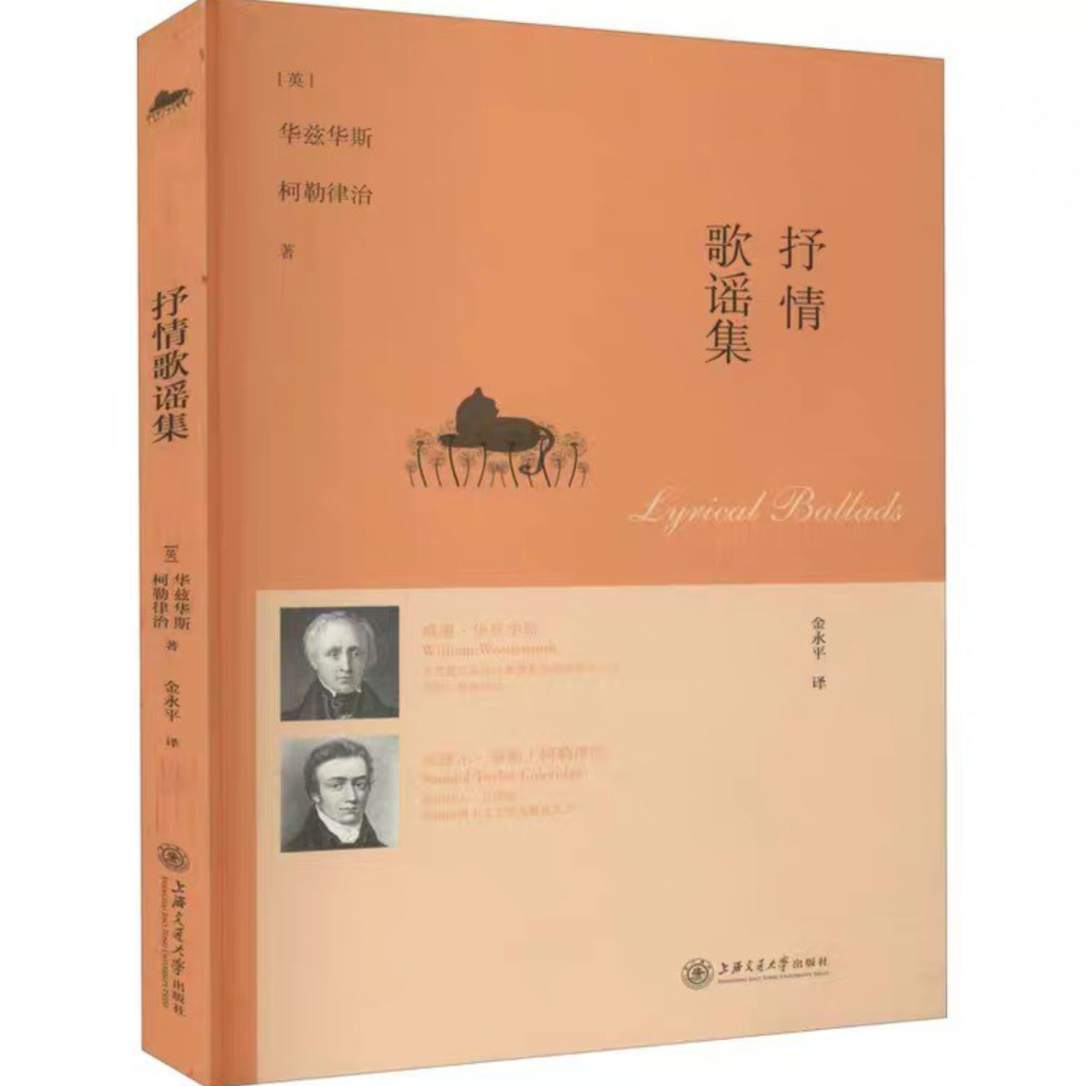
This distinction further separates poetry from imitation. Especially in the practice of modernism, poetry is defined as a self-sufficient and self-referential act, in direct opposition to law, philosophy, or the purposeful use of language in everyday life. In 1788, the German writer Karl Philip Moritz, a pioneer of Romanticism (and indeed modernism, poetic theory), declared that "a poem needs no end, its very being and purpose contain the whole value."
This view of poetry as autonomous rather than communicative, invisibly inspired the 20th century M·H·Abb Ramsay's so-called "objective" theory of poetry, with particular attention to the linguistic structure of poetry and its details, in the words of the Russian formalist Viktor Shklovsky, "a poem It is a unique and concrete arrangement of language that subordinates its instrumental communicative function to its artistic use.”
In the first decades of the twentieth century, literary critics and theorists associated with Russian Formalism made poetry concrete Defined as a literary form opposed to the communicative task of language. As Shklovsky put it in his famous essay "Art as Installation": "The language of poetry is the language of formation, while prose is a common language—economical, simple, appropriate." For Shklovsky, "form" actually means "deformalization"—the appearance of strangeness and unfamiliarity.
In this avant-garde theory of poetry, Shklovsky claims that de-defamiliarization defines artistic techniques in general, including The artistic use of plot or rhetoric in novels and short stories, and more traditionally, the use of rhythm and rhyme associated with traditional poetry. Basically, this modernist theory extends Karl Philip Moritz's claim that poetry is an end in itself.
According to the formalists, poetry directs attention to words and their formal features, such as sounds (rhyme, homophony, meter, stress), rather than their ordinary meaning. Zaum (Beyond Thinking) - Russian Futurist "meaningless" poetry that created neologisms based purely on sound, embodying a radical understanding of poetry.
Linguist Roman Jacobson had close ties to Russian Formalists (and Futurists) in his youth , who defined what he called "poetic function" as an aspect of linguistic representation which he understood as always having multiple functions (i.e. one function need not exclude the others). According to Jacobson, the poetic function draws attention to the statement itself, to its existence as a series of symbols, words.
While this does not take away the communicative function of the expression, it is for linguistic expression, which is understood primarily as poetic, that words— — their tone, their associations — are more important than their meaning. Jacobson concedes that this "poetic function" occurs in other contexts, but is not dominant. His most famous example is Eisenhower's presidential campaign slogan "I Like Ike," which conveyed support for the candidate but whose powerful effect came from rhymes, rhymes and Other aspects of the poetic function of the voice.
As a bold and avant-garde complement to poetic theory, Shklovsky’s de-familiarization opens up new perspectives , introducing a new ambiguity. The process of making words and language foreign and unfamiliar creates an art of language that may extend beyond what is usually defined as poetry. Defamiliarization, which is the essence of poetry, can be applied to nonverbal practices such as film.
But does poetry simply become synonymous with all artistic practices, does this ignore the term specificity? Likewise, narrowly describing everyday language as solely dedicated to explicit communication can create an artificial dichotomy. In the formalist tradition, Boris Eichenbaum questioned this understanding of everyday language, saying: "It is very doubtful that there is really a language in which our attitudes towards the world would be completely It's a "symbol."
Jacobson’s definition of poetry’s function draws our attention to its means of communication—its Form, rather than its meaning, provides an understanding of poetry—one that can span across different mediums.
Cinematic Poetry: Adaptation or Visual Interpretation?
This brief review of the definition of "poetry" in literature provides some direction for our question: What is poetic cinema ? Although critics have applied the term "poetic" to films, both film directors and critics have unanimously proposed the theory of poetic films. Most of these theories either claim that poetry consists of a specific language of emotional expression, or claim formalist theories that film as poetry would accentuate formal qualities, or a combination of the two.
Can we relate a poetry film to poetry as a literary phenomenon? Is poetic cinema best derived directly from poetry that exists in words? Since cinema can include both images and words (whether spoken or written), is the best example of poetic cinema one that includes a poem in language? Early in film history, filmmaking had a direct relationship to poetry. In the era before the feature film, this kind of film was not uncommon.
In the years before the outbreak of World War I, the famous American director Griffith filmed many adaptations with strong narrative content. Movies of poems of the same name, such as Pippa Passes (Pippa Passes; or, The Song of Conscience, 1909, original poem author Robert Browning); The Sands of Dee (The Sands of Dee, 1912, original by Charles Kingsley; or Enoch Arden (1911, original by Alfred Lord Tennyson).

"Biba Walks Through"
Each movie has a subtitle card that quotes the original verse, and also presents the corresponding action shots described in each poem come out. Even after World War I, such adaptations of poetry continued to emerge, such as the Australian film The Sentimental Guy (1919), based on C.J. Dennis' poetic novel, or director Frank Capra's first short film— —Fota Fish's Boarding House (1922), based on a poem by Kipling.
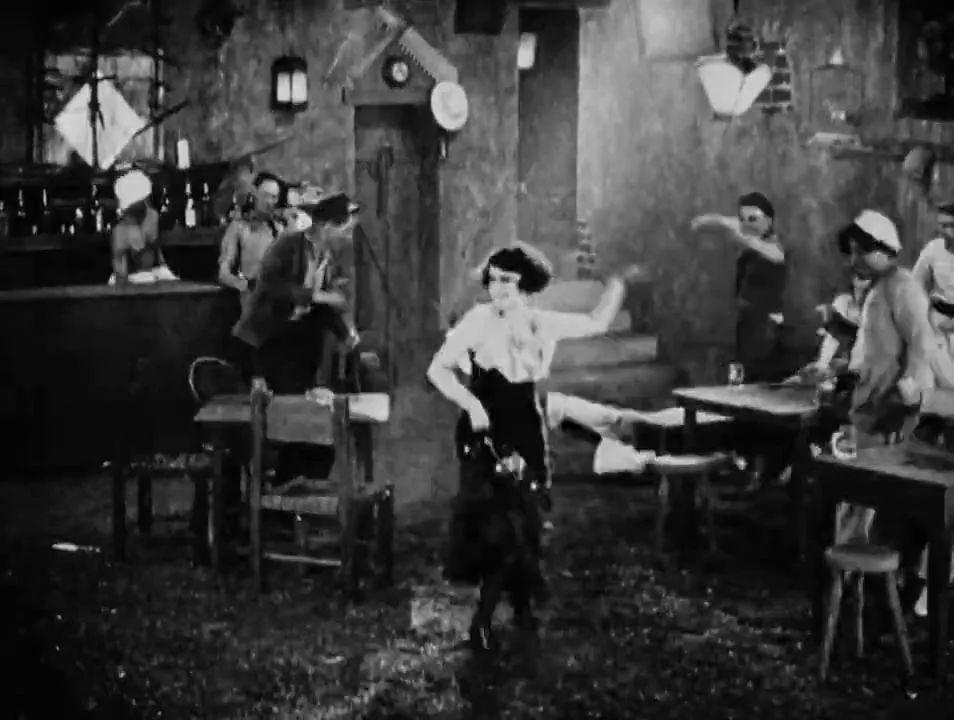
"Fota Fish's Boarding House"
While there is nothing wrong with describing these films as "poetic," they raise questions about the meaning of the word. These films are adaptations of epic poems, and one might ask whether, apart from the quotes in the title cards, they are fundamentally different from other narrative films in terms of their presentation of action.
However, excluding subtitle cards is hardly an act of responsible criticism, the text in these films The relationship between the film and the imagery creates a unique effect that is quite different from the usual practice of using title cards as explanations or dialogues. There are also examples of film adaptations of poetry in the sound age, such as experimental animator Lawrence Jordan's The Rime of Ancient Mariner (1977), in which Orson Welles reads Kohler in a voiceover Ridge's poem, with Gustave Doré's animation in the background.

"Ode to the Ancient Boatman"
It is not so much that such a film should be considered as a poetic film, but rather as an interpretation of poetry by film images. These films are perhaps the closest to the long-standing tradition of images illustrating poetry. Oddly enough, when the French modernist poet Stefan Mallarme was interviewed late in his life (and early in film history) about the practice of illustrating poetry, he replied somewhat bluntly, "If You want to illustrate a literary work, perhaps film is the most effective means because it can automatically produce so many images.
Nevertheless, Griffith's film above achieves the a certain lyrical effect. Sands of Dee tells the story of a young girl who drowns after being abandoned by her seducer, with recurring scenes set against the backdrop of the sea. To announce the death of the heroine, Griffith filmed the waves crashing on the deserted shore, as if washed clean by the tide. Before this shot, there is a title card quoting Kingsley's verse. “The tide comes slowly along the sea/Across the sea/Round and round/And she can never come home.” The mournful beauty of this shot merges with the poignant poetry to produce an effect that transcends the frame.
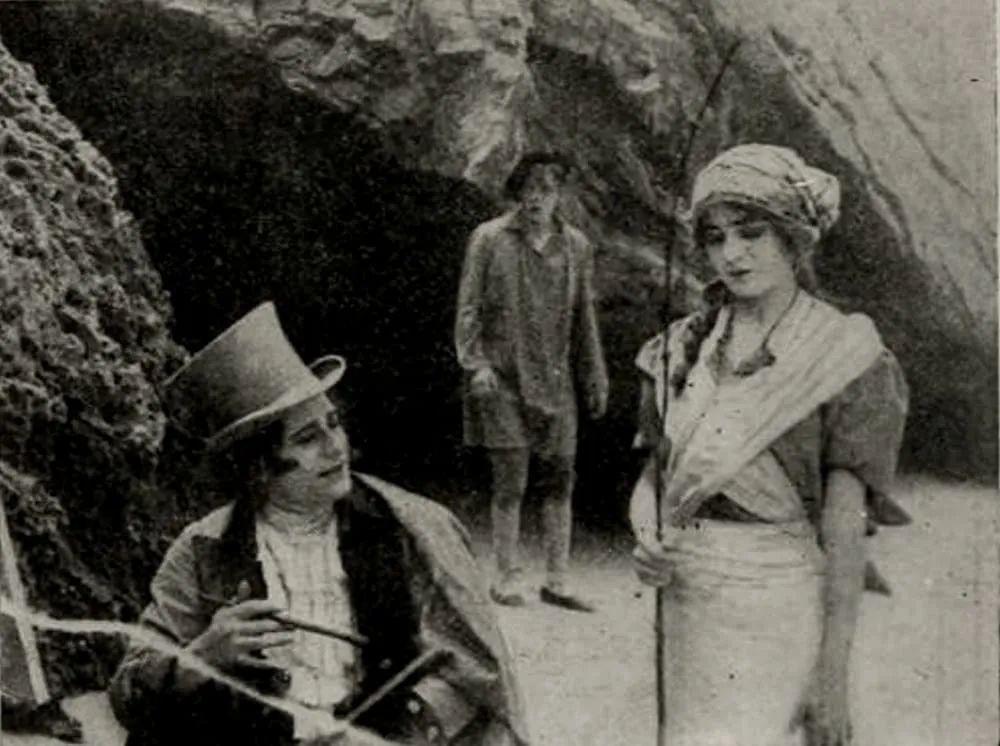
"Sand of Dee"
Man Ray's "Starfish" (1928), as the harbinger of avant-garde and poetic films, further proposed the image and Meaningful questions between poems. The film is a collaboration between photographer and director Man Ray and poet and novelist Robert Desno, both of whom were involved in the Surrealist movement. Although Man Ray stated that he read Desno's poem before filming the film, Desno did not publish the poem, but used it directly in the film.

"Starfish"
However, even though the poem was written before the film, "Starfish" is still the same as those discussed above, those adapted from the classic The films of the works are quite different. Those films staged the narrative act of the original poem in a coherent way. The action in "Starfish" remains ambiguous and elusive by comparison.
The first third of the film seems to present a simple event: a young man and woman meet and they Go upstairs to a room where the woman undresses and lies on the bed, but the man gets up and leaves. On the street, he met a woman selling newspapers and bought a starfish in a glass jar from her, which he took to his room to meditate on. However, this movement is masked by a lens through a striped glass.

"Starfish"
Furthermore, the title card does not explain the action but rather provides reflection or metaphor. After the man's thinking scene, the film no longer has any continuous action, but is composed randomly, sometimes around themes (such as travel: there are images of trains and boats), or suggest actions that are still incomplete (such as a woman holding a knife upstairs, but without stabbing anyone), while the starfish recurs as a recurring image.
I'm not going to explain the imagery (pioneering film historian P. Adams Hitney provides an excellent reading), Instead, it emphasizes the imagery and text of "Starfish," first teasing us with an underlying drama, and then escaping that expectation with a series of images and subtitles that evoke associations rather than actions.
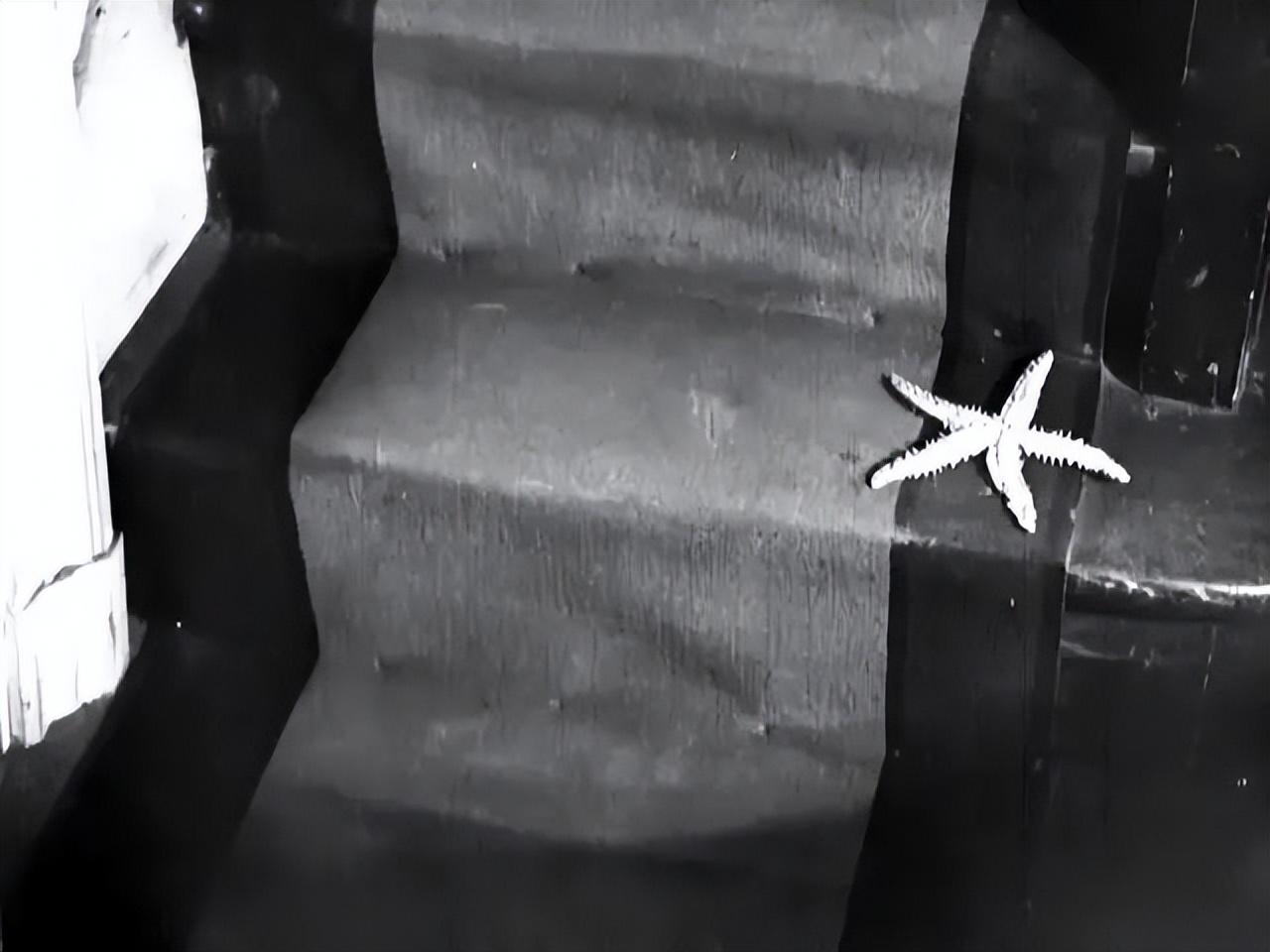
"Starfish"
The core image of the starfish keeps appearing, and the subtitles describe the glass, the flesh and the flower of fire successively, metaphorizing the power of women and desire . In the opening scene, the man does not sleep with the woman, but stares at the starfish in the glass, which not only refers to Freud's fetish theory, but also a metaphorical replacement of images and words around the gaze of desire.
This contrast between films based on epic poems and films that present images rather than stories makes it logical for poetic films to be Alternatives to mainstream narrative films. This raises a central question: to what extent can film images be considered "poetic"? There are theories about poetic cinema that address this question.
Articles are uploaded by users and are for non-commercial browsing only. Posted by: Lomu, please indicate the source: https://www.daogebangong.com/en/articles/detail/The%20highest%20state%20of%20film%20is%20poetic.html

 支付宝扫一扫
支付宝扫一扫 
评论列表(196条)
测试